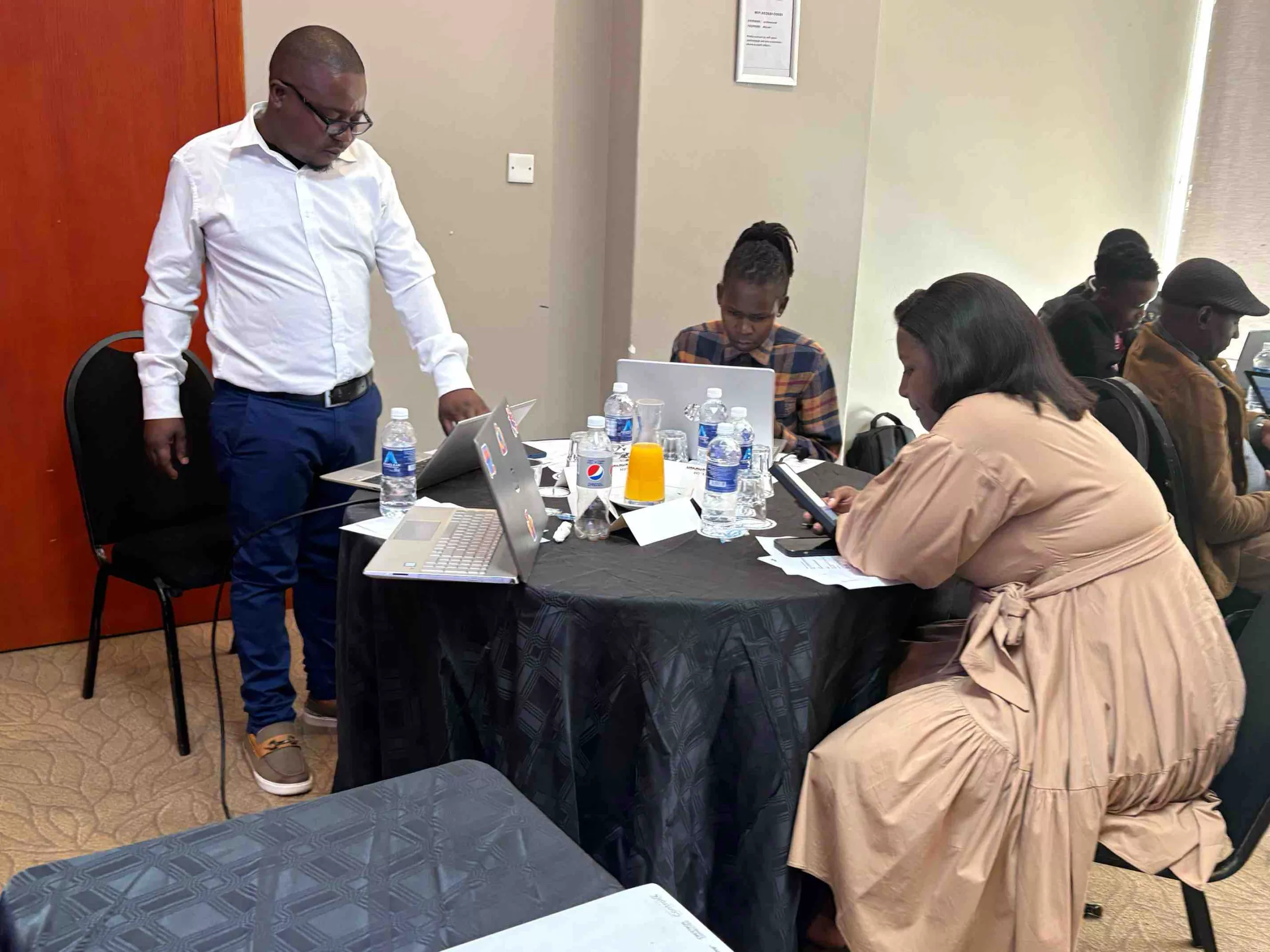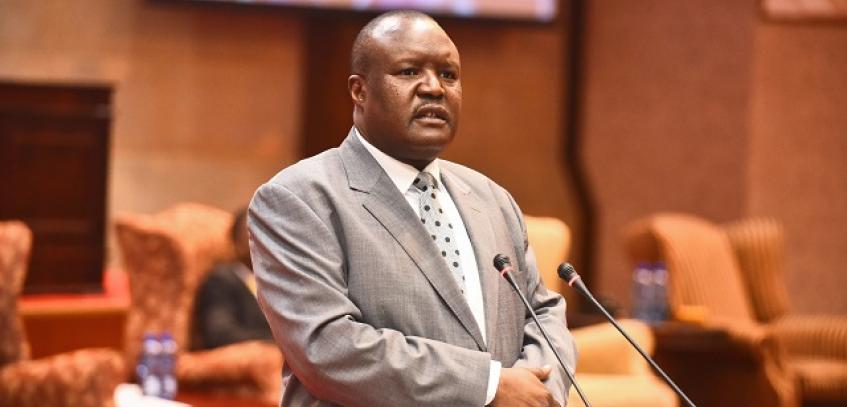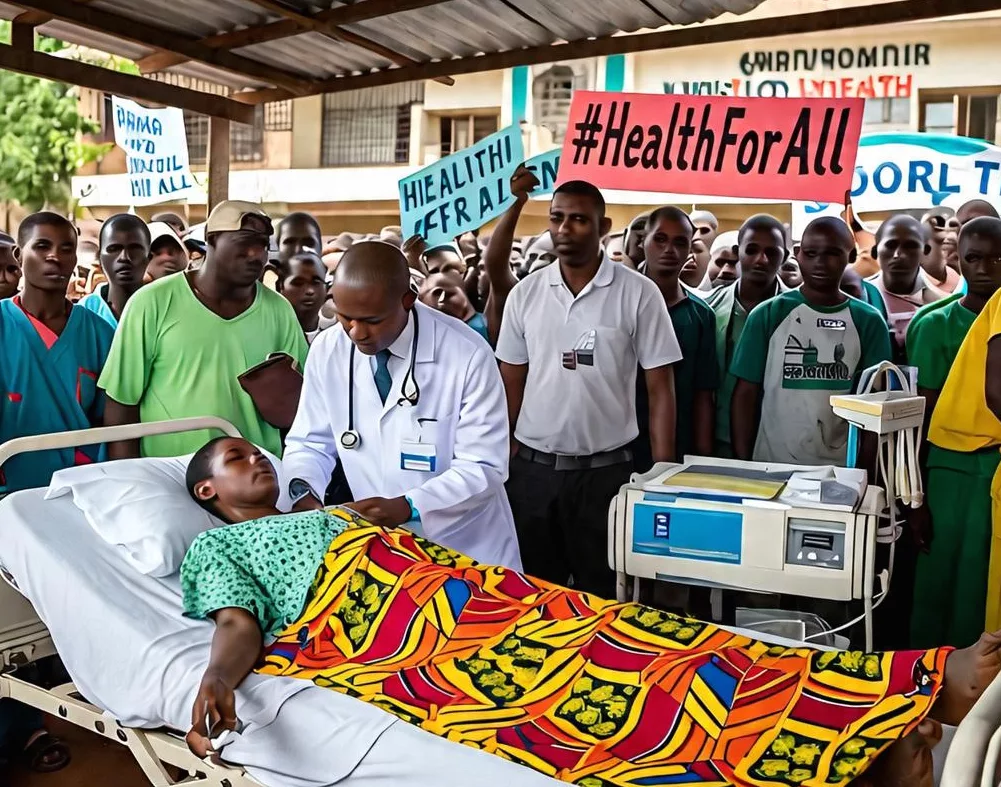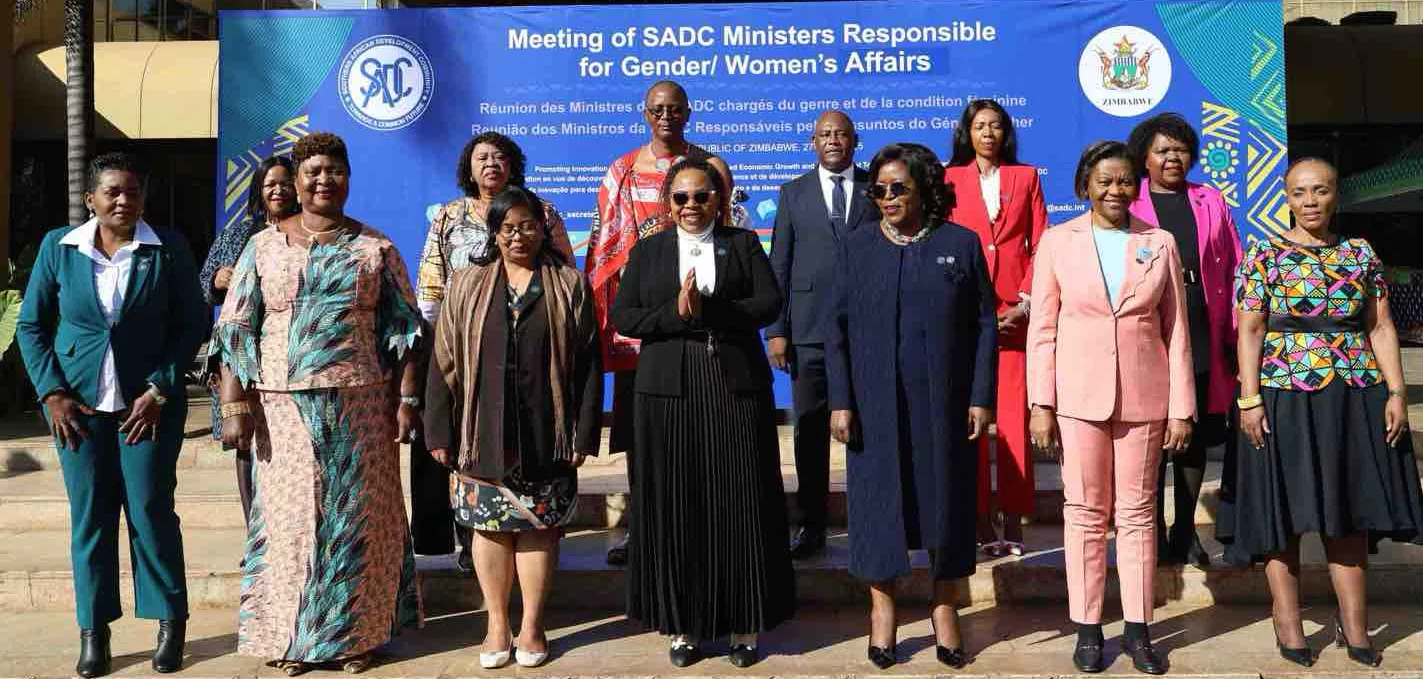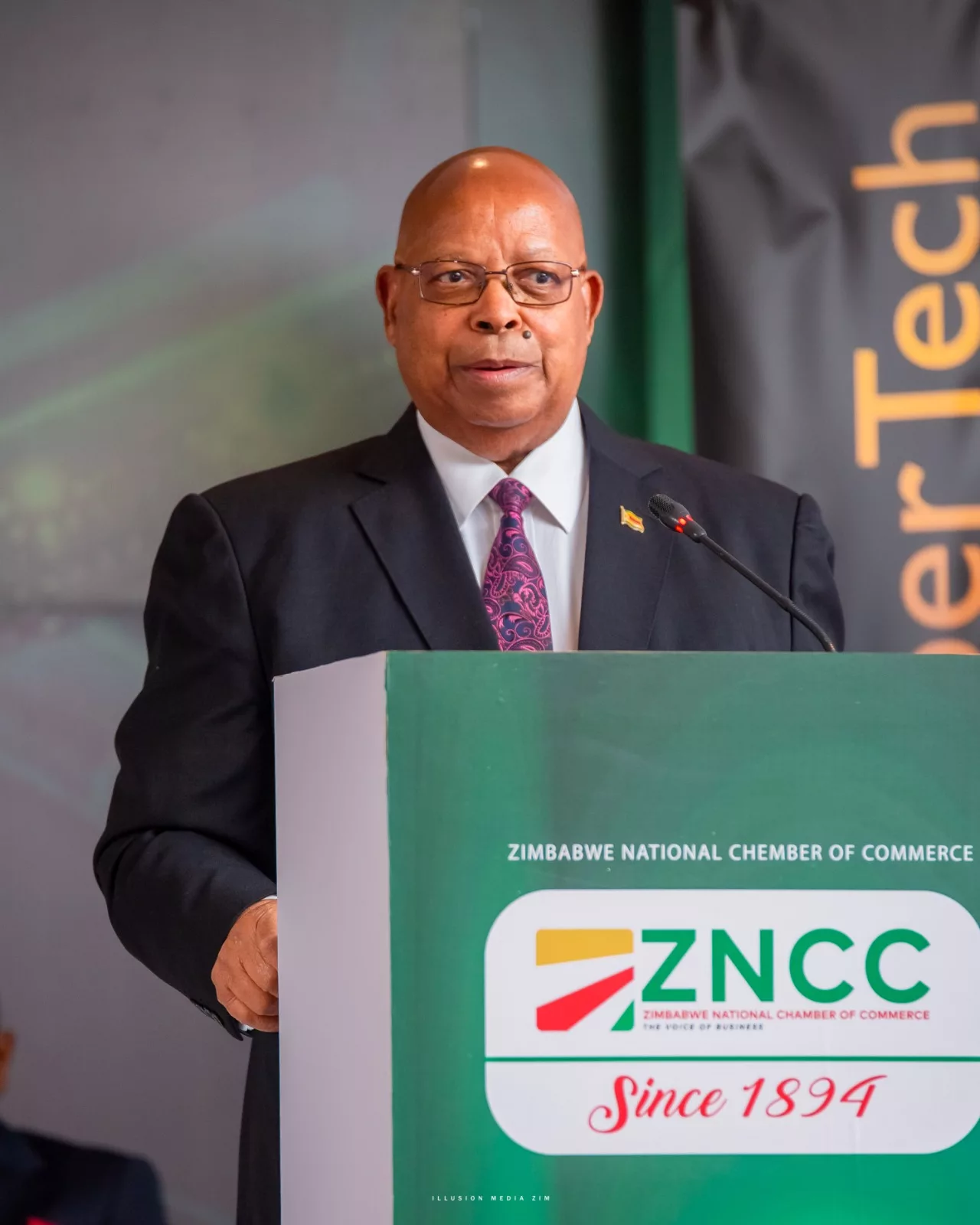Zimbabwe Civil Society Organizations Scaling Up Nutrition Alliance (ZCSOSUNA), with financial and technical support from UNICEF, in collaboration with key government ministries and departments, held a training workshop to empower journalists to go beyond numbers to using data-driven storytelling to uncover meaningful insights, raising public awareness, influencing policy and shifting consumption behaviors when reporting on food and nutrition-related issues.
Addressing the media during the training in Harare yesterday, Kudakwashe Zombe, the ZCSOSUNA Coordinator, said the civil society network seeks to raise public awareness and mobilize citizens on issues to do with nutrition.
“Through the media training, we want to ensure that we empower the citizens on the right to nutrition because if you check in the Constitution under section 77, it clearly states that every citizen of Zimbabwe has the right to adequate control and the government must make the necessary steps to ensure that we enjoy the realization of this right.
“We must raise public awareness and ensure that we mobilize our citizens’ voices. And we are also into advocacy. We were trying to advocate for nutrition leadership in ownership as well as ensure that our government is accountable for the nutrition commitments that it makes,” Zombe said.
Under the Nutrition for Growth commitment, the government is committed to ensuring that every citizen has access to good nutrition. The media plays a key role when it comes to the translation of these commitments into action.
ZCSOSUNA as a network alone will not be able to hold the government accountable to ensure that its policies are sensitive to nutrition and embrace strategies that are aimed at addressing issues to do with food and nutrition insecurity.
Zimbabwe’s stunting rate is around 24%. According to the WHO classification, the country is under the high category in terms of stunting and for it to be in the medium category, there is a need to reduce stunting rate to below 20%.
Good nutrition supports growth and development. It provides the building blocks for physical growth and brain development. If one fails to get adequate nutrition, especially during the first 1,000 days, that is from conception until a child reaches 2 years, it has some negative effects on their growth as well as their brain development. So, this is one of the reasons why stakeholders, including the media, must fight against malnutrition in all its forms.
Beaven Dhliwayo, a journalist from the Daily News stable in Zimbabwe said the media has a duty to inform the public about the risks of malnutrition and provide solutions.
“In reporting, we have to go just beyond the figures – that we’ve seen so many people being affected. As the media, we can chip in by writing articles that inform the public about the risks that are associated with malnutrition or lack of funding for nutrition programs. This will help us to influence public opinion and government response.
“For example, the 1000 days campaign, is very crucial for young babies and mothers. In Kenya, they use the radio to promote this. The media needs to emphasize the importance of nutrition from conception to 2 years. They say it leads to an increased uptake of maternal supplements,” Dhliwyo said.
He emphasized the importance of solution journalism which goes beyond focusing on problems only, but proffers solutions and effective responses to social issues.
“Solution journalism also inspires community engagement. One can report on a successful nutrition garden initiative. That will give a perspective on how taking on nutrition initiatives helps reduce issues like stunting, wasting, and being underweight. Those stories have an impact on the communities and also inspire policymakers to make decisions toward achieving those goals.
“As journalists, we can amplify stories of local champions; health workers; organizations working to advance nutrition; and traditional leaders.
They know so much about their communities. We can elevate their voices through interviews, engagement, and documentaries. For example, a journalist will profile a young worker running a youth nutrition club in a community. Journalists can do follow-up stories on government commitment to nutrition,” he added.
Michael Gwarisa, the Editor of Health Times, called on stakeholders to partner with journalists in reaching out to hard-to-reach areas like Binga to get first-hand coverage of food and nutrition issues affecting people at the grassroots level in pursuit of leaving no place and no one in promoting food and nutrition security.


